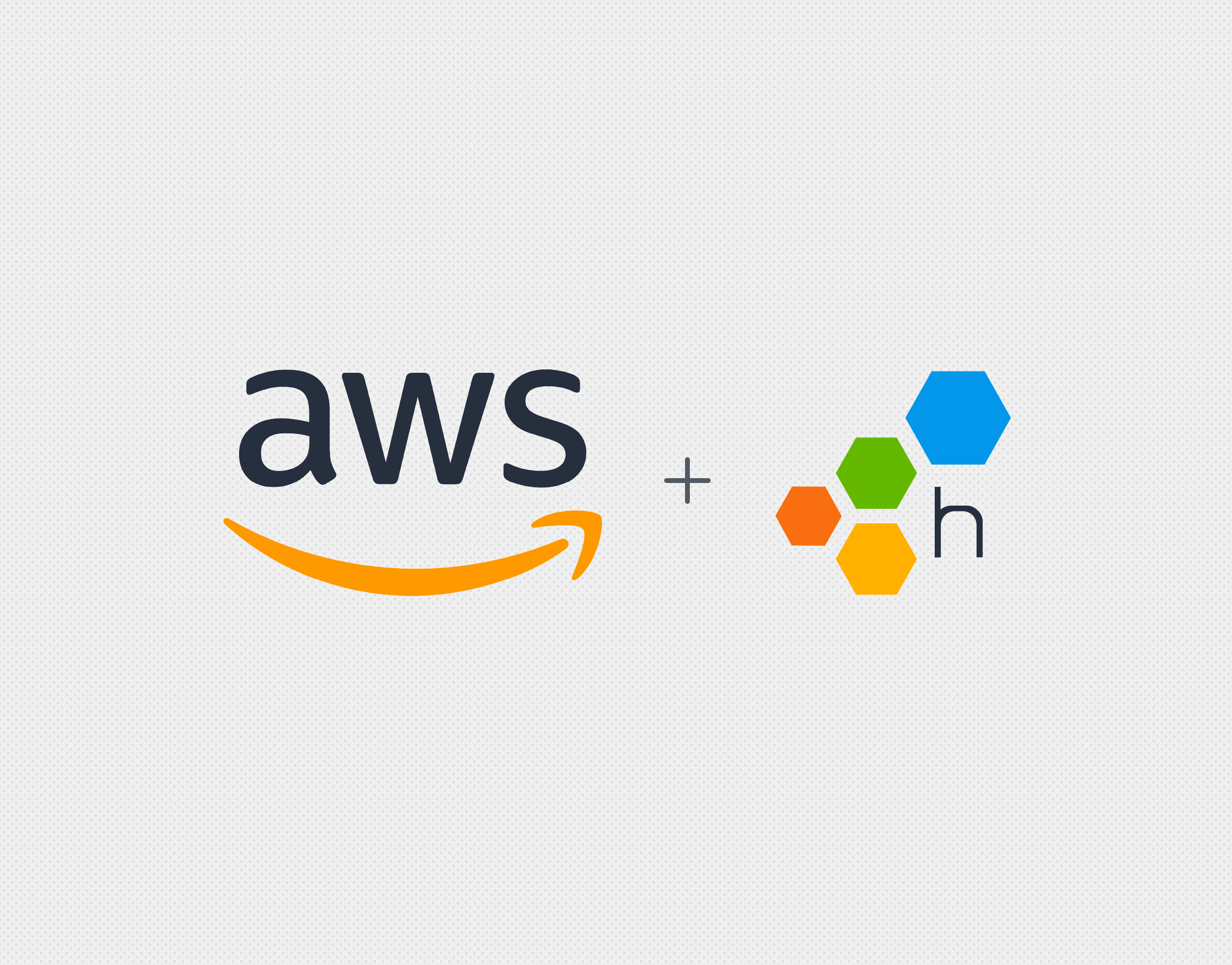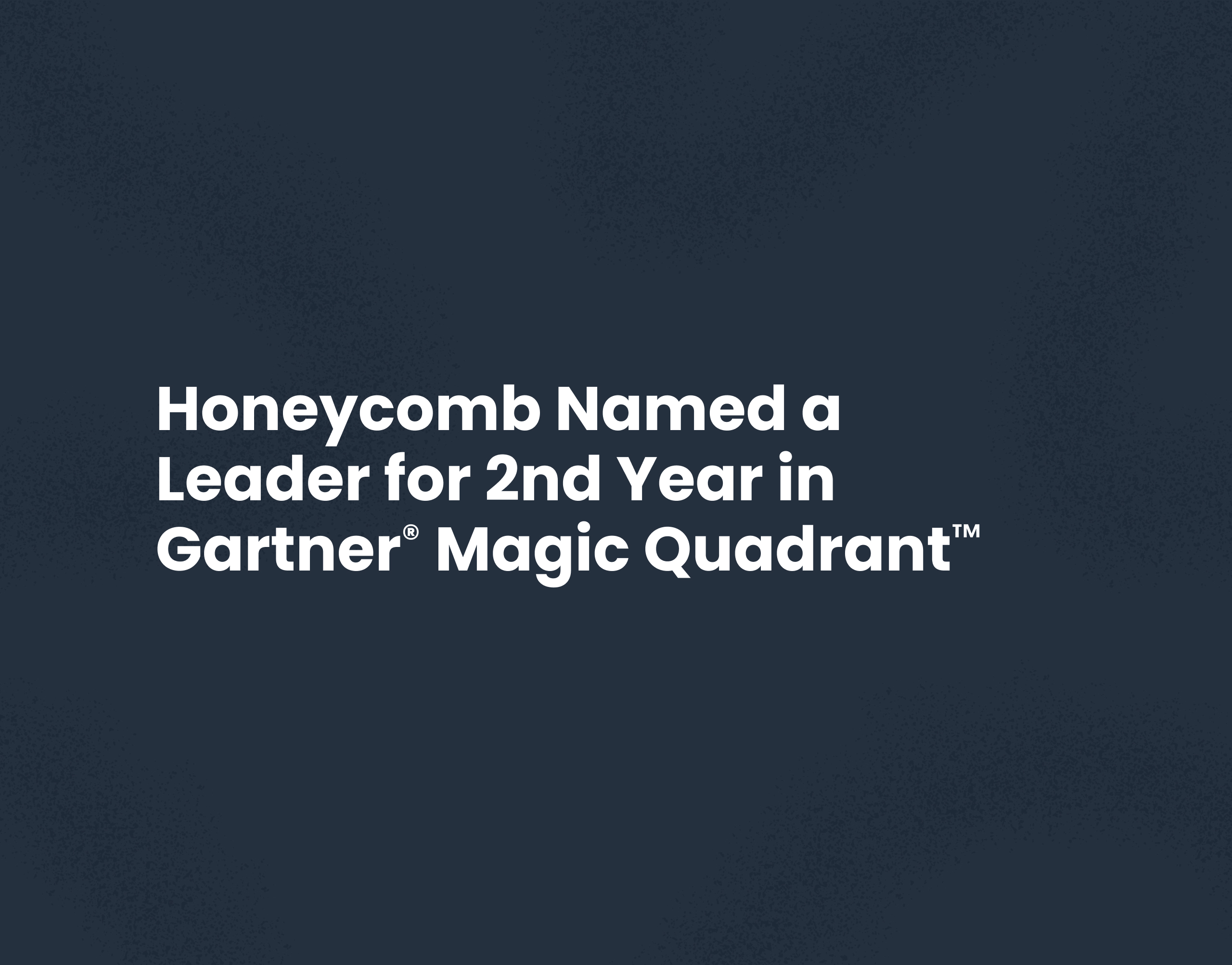Are you overspending on monitoring and APM tools? Forrester’s Total Economic Impact analysis of Honeycomb identified significant ROI in customers using us to reduce spend on less efficient APM workflows. But this isn’t about budget reallocation. Honeycomb isn’t just a shinier set of similar tools with new branding.
Because of Honeycomb’s unique pricing model where the only variable that impacts your renewal is event consumption, you don’t need to worry about the myriad of factors that impact your costs in traditional APM tools (eg: memory, hosts, Lambda invocations, devices, headcounts, or SKUs). With our simple pricing and some strategic instrumentation, you’ll be able to more efficiently investigate issues using new, simpler workflows.
Want to know how? The following examples give you six concrete strategies on how to decrease your APM spend by using Honeycomb.
1. Consolidate logging, tracing, and metrics ingest costs
Instead of sending spans to a tracing tool, logs to a log management and search tool, metrics to a monitoring tool, and incurring separate platform and ingest costs for each, send that data to Honeycomb. Honeycomb ingests and processes application data of these three formats through one extremely powerful datastore and query engine. Honeycomb lets you define triggers and SLOs based on this data so that you can stay ahead of incidents, with direct access to raw events. This allows you to cut high availability ingest and storage fees directly out of other tools.

2. Structure and query application and system logs
Honeycomb is able to cost-effectively query and group all the contextual data your application and system logs generate, so you don’t have to pay for short-term indexing and availability in your log management tool. Your structured log data becomes more valuable in Honeycomb because you can query it and correlate it with traces and metrics across all events on your dataset. This gives you the answers you need about the state of complex, unpredictable systems. We actually encourage you to send as much data as you can, because there is no impact on performance—you can still query in under three seconds.
3. Add attributes for application log analysis without pre-indexing
By sending data through Honeycomb, you can avoid the expensive and time-consuming steps required when you need to add an attribute for querying in a log analysis tool. With Honeycomb, you don’t need to pre-index for each new attribute, nor do you need to pay for additional dimensions. You can find correlations and group by multiple dimensions in ways that your log analytics platform does not allow.
4. Avoid costly vendor lock-in charges by adopting OpenTelemetry
Because Honeycomb’s feature set is now fully compatible with OpenTelemetry (OTel), it presents an opportunity for your team to adopt a consistent standard of instrumentation that lets you send your application data where you get the most value. Avoid the vendor lock-in of proprietary agents made to work with a single platform. Let Honeycomb accelerate OTel adoption across your team.

5. Add high-cardinality context to events
With traditional APM dashboards, you’re charged for the custom data points you want to ingest and track from your application beyond the automatically included fields. On top of this, dimensions with high-cardinality values get extremely expensive. Honeycomb allows you to add unlimited cardinality and thousands of dimensions of context to any event with no additional spend. You can query for any field within seconds, group by as many dimensions as you need, surface correlations between events across all fields, and you’re still only charged on events per month.
6. Don’t pay extra for headcount
Observability is for everyone. In a service ownership model, an expanding set of software teams need access to observability. While many monitoring tools charge per seat, Honeycomb includes unlimited user access to all features, from querying to BubbleUp to alerts for incident response, and only charges for events. Save on your monitoring bill by reducing other tool access to only the users that need to retain them (e.g., an infra team), while software teams that own services can adopt Honeycomb’s observability tools without restriction.

This is just the beginning
There are a lot of ways Honeycomb can add value to your team and your business, whether by saving you money, scaling your observability practices, making releases easier, or increasing your service reliability. The key to maximizing your value is to take advantage of Honeycomb’s event-only-based pricing model where attributes you add to a key event are free. Centered around this concept, the above examples are some practical strategies to help you control your overall APM tooling spend.
Eager to try for yourself? Get started by signing up for Honeycomb’s free tier (always free, not just for two weeks) to start pulling data and continue exploring.












